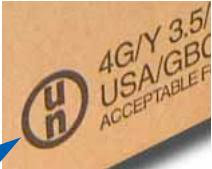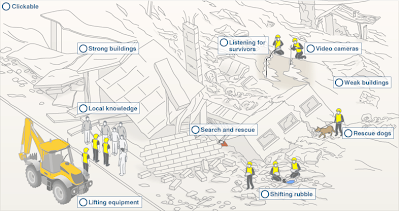Food packaging industry can functionally be subdivided into five parts, which are containment, protection, communication, functionality, environmental and safety issues.
Containment is concerned with activities relating to prevention and reliability of the food products. Food products are packaged in such a way that no moisture will pass through and are made hardwearing to reliably deliver it to the customers. One way to ensure this is through the use of
taping machines with four-corners sealing mechanism and pilferage proof technology.
Protection has to do with the covering of food products to protect them from damage by any biological, chemical or physical means.
Functionality guarantees that the consumers and the manufacturers conveniently use the packaged food products.
Communication covers the text and graphic of the package. This includes size, shape, color and content details of the packet.
Environmental and Safety Issues deal with the environmental aspect of the package, including recycling of the packet and safety of the products.
Packaging plays a central role in ensuring that what we eat reaches our table in an edible state, that we know what it contains, that it bears branding to identify it is from a trusted source, and that we are assured that proper taping was done to seal it so that it is tamper-proof during transit and distribution. To guarantee these things, sophisticated machines and technology exist to preserve and track the food items and beverages we consume.
The
traditional role of packaging is to ensure that food is preserved and protected during its journey so that it arrives safely and ready for consumption; primarily addressed by effective sealing through quality taping machines. The specific objectives that packaging supports are to:
• Contain, transport and preserve food quality, freshness and palatability
• Extend the product’s shelf life
• Prevent tampering and improve the microbiological safety of the food
• Reduce losses in distribution
• Track the item from source to consumer, including monitoring transport conditions
• Inform consumers of the nutritional value, portion management and preparation of the food
• Promote the brand of the company
• Reduce environmental impact, food wastage and cost







